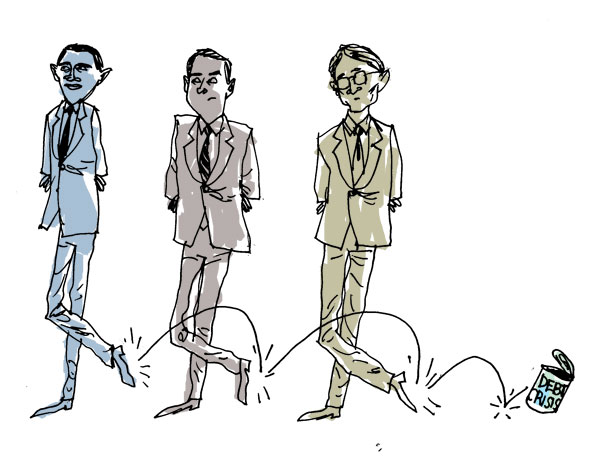76th Oldest Former Living Major Leaguers Turns 90 Today- Carl Erskine
Carl Erskine pitched two no hitters. Carl Daniel Erskine (born December 13, 1926) is a former right-handed starting pitcher in Major League Baseball who played his entire career for the Brooklyn and Los Angeles Dodgers from 1948 through 1959. He was a pitching mainstay on Dodger teams which won five National League pennants, peaking…

